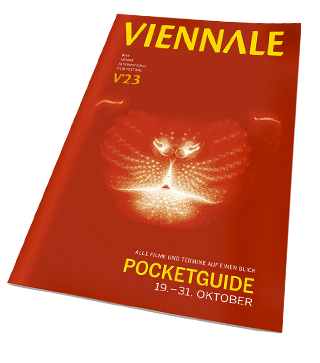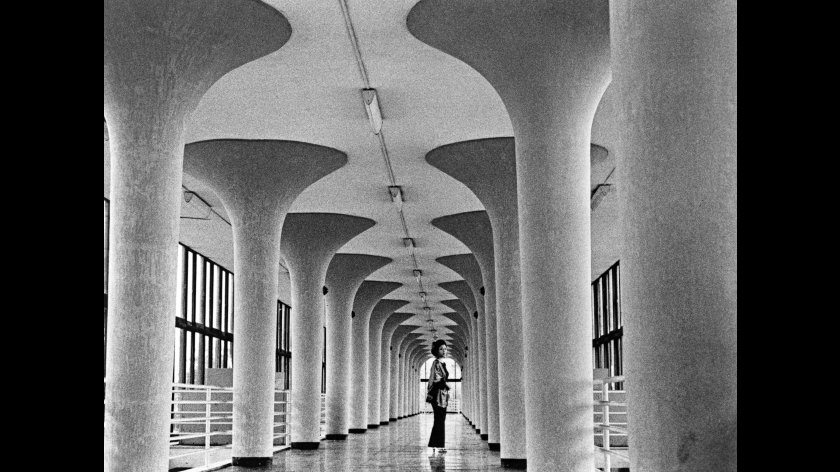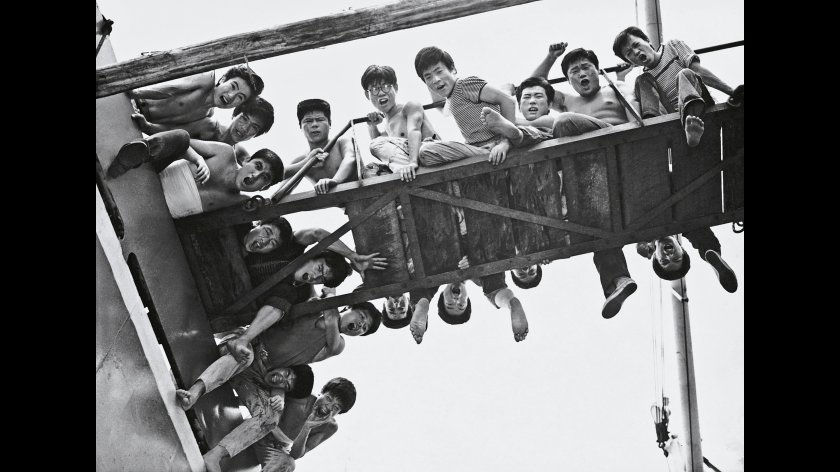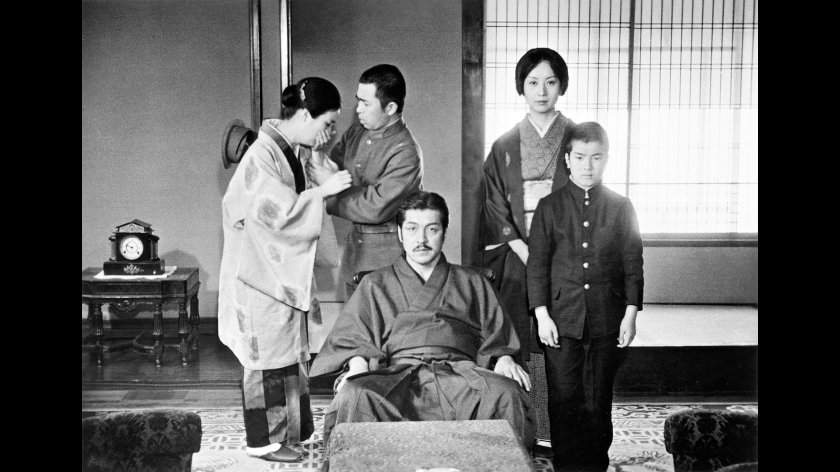Erosu purasu gyakusatsu
Eros + Massacre
Dieses Hauptwerk der „Japanese New Wave“ – eine gewaltige Meditation über die Zusammenhänge von Politischem und Privatem, von Liebe und Gesellschaft – verzahnt auf komplexe Weise zwei Geschichten. Die eine ist historisch und basiert auf dem Leben des Anarchisten Ōsugi Sakae, der mit drei Frauen ein Leben in freier Liebe zu praktizieren versuchte und 1923 von Militärpolizisten ermordet wurde. Die zweite, fiktive Handlung erzählt von radikalen Studenten, die sich in der Gegenwart (1969) mit Ōsugis Vermächtnis beschäftigen. Yoshidas an Resnais und Antonioni geschulter Entwurf zu Individuum und Gesellschaft ist gekennzeichnet durch verblüffende Distanzierungseffekte und außergewöhnliche kompositorische Sorgfalt. (Roland Domenig)
The first film in Yoshida’s trilogy about historical events in 20th-century Japan, EROS + MASSACRE is a powerful meditation on the connections between the political and the private and love and society, constructed from the complex interweaving of two stories. One is historical, based on the life of the anarchist Ōsugi Sakae, who was murdered by military police in 1923. It describes how he sought to practice his philosophy of free love with three women. The second, fictional storyline is about radical students in 1969 who are preoccupied with Ōsugi’s legacy – in particular Eiko, a girl fascinated by Ōsugi’s feminist lover Itō Noe.
The film is a grand sketch of the individual and society, schooled in Resnais and Antonioni, and marked by startling distancing effects (including scenes recreated on stage, the repetition of events with different outcomes and, in the delirious finale, a filmmaker hanging himself from his filmstrip), exceptional attention to composition and stunning formal and narrative audacity. Originally 225 minutes long, Yoshida had to cut parts of the film due to legal measures taken from one of Ōsugi’s former lovers. Despite adverse circumstances, EROS + MASSACRE nevertheless became a towering masterpiece of the “Japanese Nouvelle Vague”. (Roland Domenig)
Alle Retrospektiven-Filme, die nach der Viennale – ab dem 2.11. – im Filmmuseum gezeigt werden, können selbstverständlich auch wie gewohnt auf www.filmmuseum.at oder unter Tel. 01/533 70 54 reserviert und an der Kassa des Österreichischen Filmmuseum gekauft werden. Es gelten die Preise des Filmmuseums.
Yoshida Kijū: GOOD-FOR-NOTHING (1960), BLOOD IS DRY A.K.A BLOODY THIRST (1960), BITTER END OF A SWEET NIGHT (1961), AKITSU SPRING (1962), 18 WHO CAUSE A STORM A.K.A. 18 ROUGHS (1963), A STORY WRITTEN WITH WATER (1965), WOMAN OF THE LAKE (1966), IMPASSE (1967), THE AFFAIR (1967), AFFAIR IN THE SNOW (1968), FAREWELL TO THE SUMMER LIGHT (1968), EROS + MASSACRE (1969), HEROIC PURGATORY (1970), COUP D’ETAT (1973), A PROMISE (1986), WUTHERING HEIGHTS (1988), WOMEN IN THE MIRROR (2002), BEM-VINDO A SÃO PAULO (2004, Episode)
- The Japan Foundation
- Okada Mariko
- Hosokawa Toshiyuki
- Kusunoki Yûko
- Takahashi Etsushi
- Yamada Masahiro
- Yoshida Kijū
- Hasegawa Motokichi
- Yasuoka Hiroyuki
- Ichiyanagi Toshi
- Ishii Tsuyoshi






